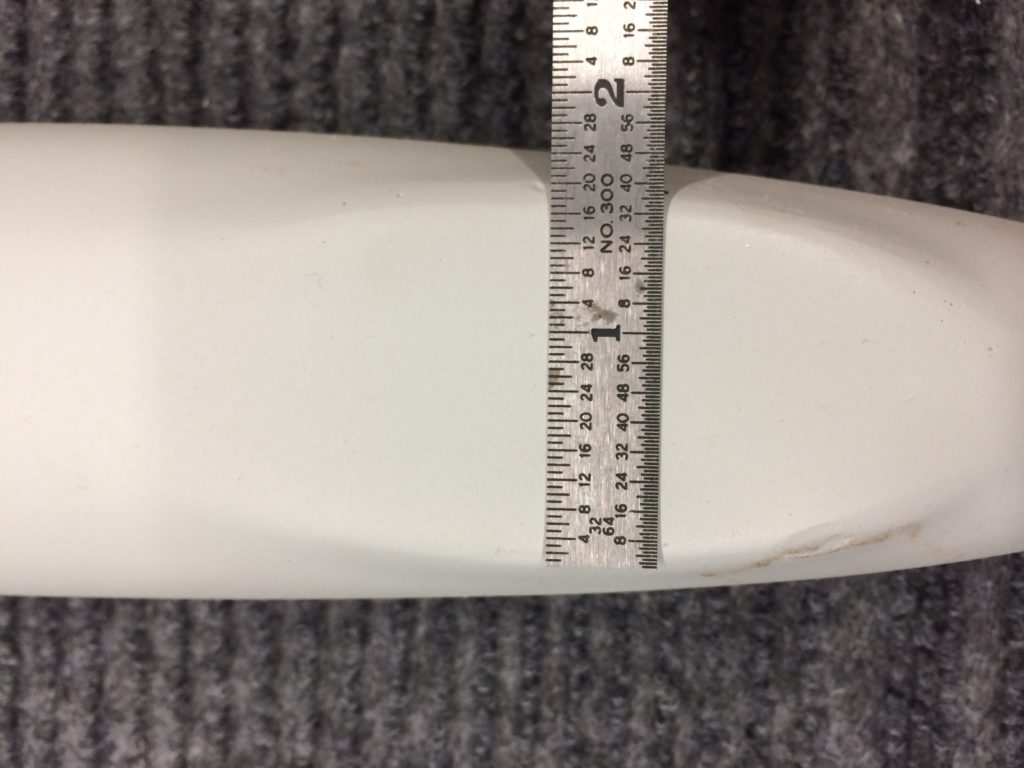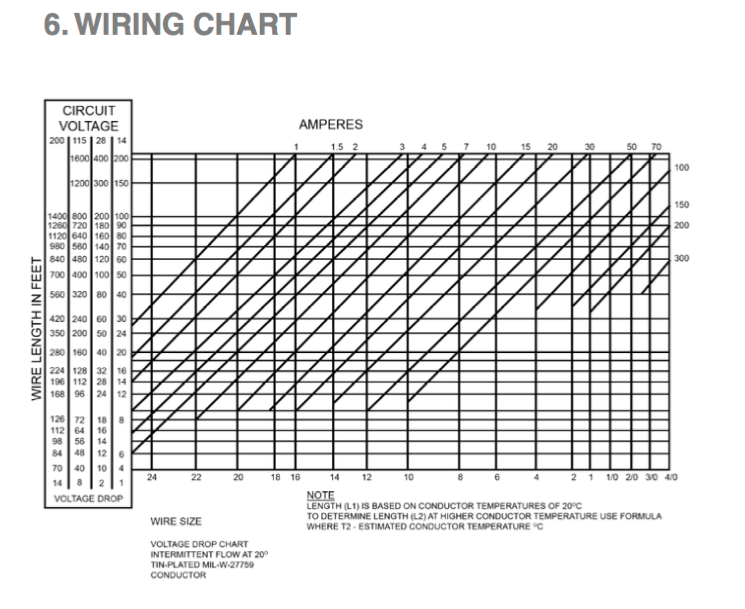Quite a few Sling 2 aircraft have been built with their GPS antennas mounted on a bracket under the engine cowling. That’s how the factory used to do it. Now guidance has been changed and a location on top of the rear fuselage is preferred. The new location reportedly offers consistently better reliability. I want reliability for IFR flying.
It was no simple task to get RG-400 coax cable for the GPS routed – and satisfactorily secured – on its way from the top-rear of the baggage area, down and then forward along the bottom of the rear fuselage to the center fuselage, and on to finally arrive behind the GTN 650Xi on the instrument panel. It’s done and it worked out very well.
Dealing with the COM 1 antenna coax cable was comparatively easier than for the GPS because the factory-supplied coax was already secured in place, routed from the mounting site on top of the rear fuselage, all the way to the instrument panel area. All I had to do was add the connectors.
The GPS antenna needed holes drilled in the fuselage skin. I used a doubler that came with my panel and harness and the screws provided with the Garmin GA 35 antenna. A TNC 90 degree solder/crimp connector by Amphenol made for a tidy connection at the top rear of the baggage compartment. A section of vinyl hose, covered with black heat shrink, provides good protection and satisfying aesthetics where the coax passes through the bulkhead, into the rear fuselage.
The COM 1 antenna needed 4 existing mounting holes to be expanded, in order to accept setting of rivnuts. The KAI called for M4 but the Rami antenna, supplied as part of my custom avionics package, came with 8-32 screws. I decided to set 8-32 rivnuts into the fuselage for this mounting. The way the coax was secured to the internal fuselage structure lent itself more to a 90 degree BNC connector. Again I selected an Amphenol solder/crimp part.


